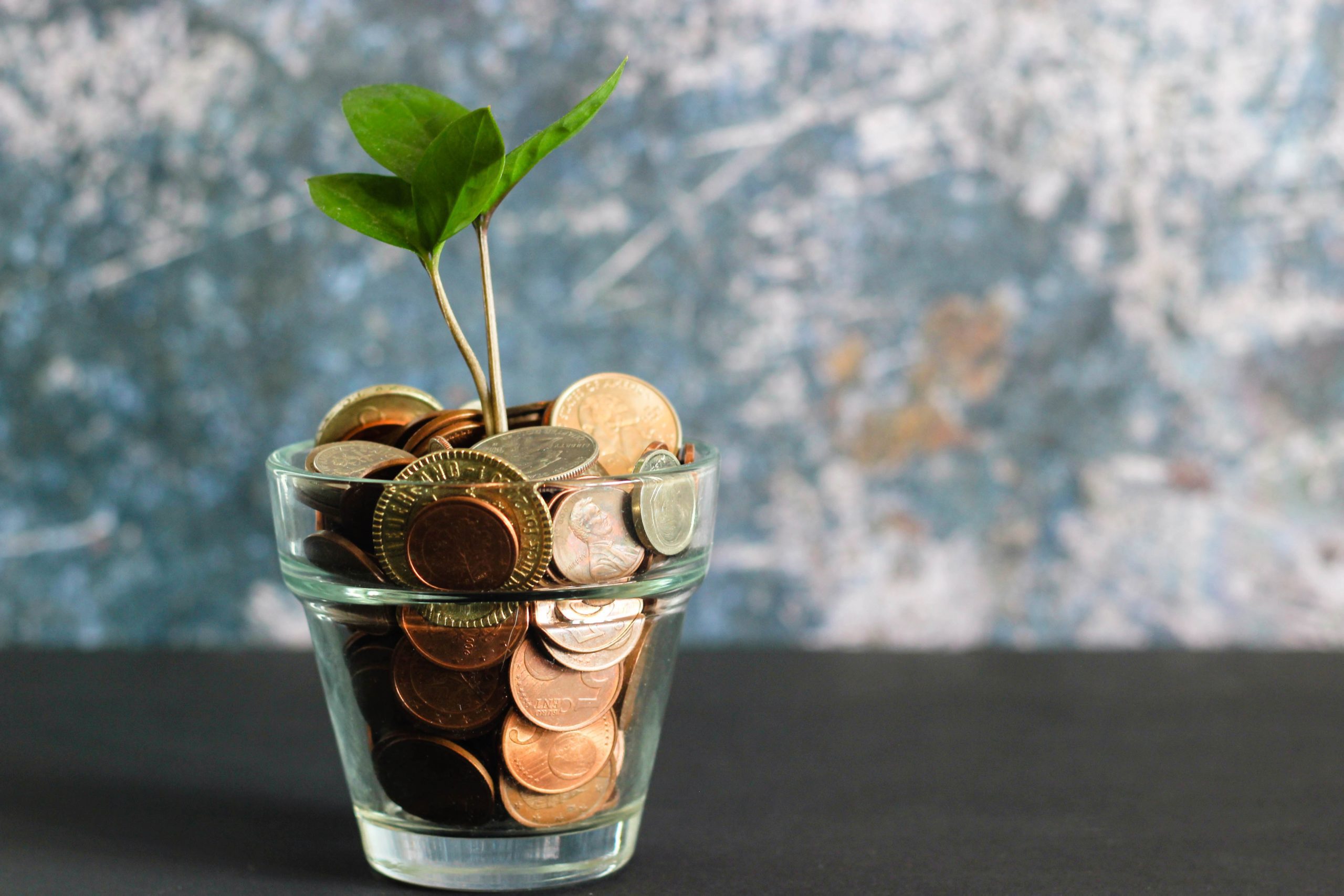Sustainable finance (or green finance) is growing in popularity as investors and financial institutions seek to combine economic profitability with positive environmental and social impact. A fairly recent concept, sustainable finance is still often misunderstood and it is not easy to differentiate sustainable finance from “greenwashed” projects. So let’s take a look at what sustainable finance really is and how to opt for a sustainable investment.
What is sustainable finance?
Sustainable finance encompasses a set of practices and investments aimed at generating financial returns while having a positive impact on the environment, society and governance (ESG). It aims to integrate ESG considerations into investment and risk management decisions and to encourage responsible and sustainable practices.
Who is part of sustainable finance?
Sustainable finance actors include:
- institutional investors
- asset managers
- banks
- insurance companies
- the companies
- governments
These actors have a crucial role to play in promoting sustainable practices and the transition to a greener, more inclusive economy.
Why sustainable finance?
Sustainable finance meets several major challenges:
- the fight against climate change
- reduction of social inequalities
- promotion of good governance
It allows investors to support projects and companies that contribute to sustainable development, while generating competitive financial returns.
What is the difference between sustainable finance and SRI?
Sustainable finance and Socially Responsible Investment (SRI) share similar objectives, but there are some differences. SRI focuses primarily on the integration of ESG criteria into investment decisions, while sustainable finance goes further by also including specific financial instruments and investment strategies aimed at supporting the transition to a sustainable economy.
What is a sustainable investment?
A sustainable investment is a financial investment that aims to generate financial returns while having a positive impact on the environment, society and governance. It can take various forms, such as equities, green or social bonds, or investment funds specialized in ESG-compliant companies.
What are the sustainable finance banks?
Sustainable finance banks are financial institutions that integrate ESG criteria into their lending, investment and risk management activities. Among the banks most committed to sustainable finance are Triodos Bank, Nef, and GLS Bank.
What is a sustainable financial product?
A sustainable financial product is an investment instrument that integrates ESG criteria into its management and aims to generate financial returns while having a positive impact on the environment, society and governance. Sustainable financial products include, among others, SRI funds, green bonds, social bonds and impact funds.
What are the links between CSR and sustainable finance?
Corporate Social Responsibility (CSR) and sustainable finance are closely linked. CSR is about the environmental, social and governance practices of companies, while sustainable finance focuses on how investors and financial institutions take these criteria into account in their investment decisions. Thus, a company with a strong CSR policy is more likely to attract sustainable investments.
How to invest in sustainable finance?
It is often complicated to differentiate between a true sustainable project and surface sustainability. Especially since the labels are not equal and do not necessarily measure the same criteria, so they are difficult to compare. The Circular Signature, created by Upcyclea, bases its evaluation on the Cradle to Cradle criteria (non-toxicity, circularity, renewable energy, respect of water and respect of social rules). It is currently one of the strictest indicators for evaluating a sustainable real estate investment.
What is the link between sustainable finance and real estate assets?
Sustainable finance and real estate are closely linked because many companies own real estate assets in the form of buildings. Once a company is subject to the European Taxonomy, it must characterize all of its real estate assets (which are financial assets in their own right) and demonstrate its commitment to decarbonizing them.
This is a complicated step because it requires knowing the exact composition of the materials that make up the building. But thanks to the Circular Passport library and the Circular Signature, these companies are finally able to calculate the scope 3 of their greenhouse gas emissions (GHG) and can thus demonstrate the veracity of their ecological commitment to their real estate assets.

